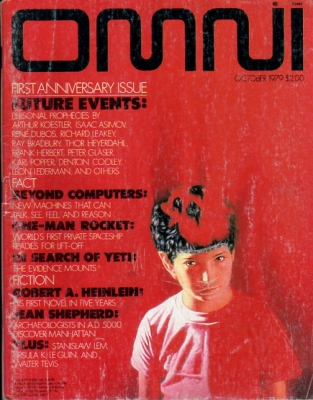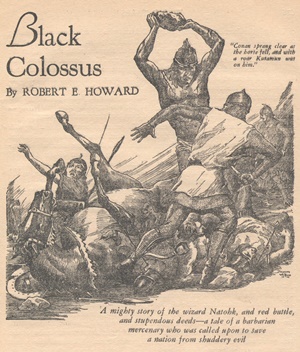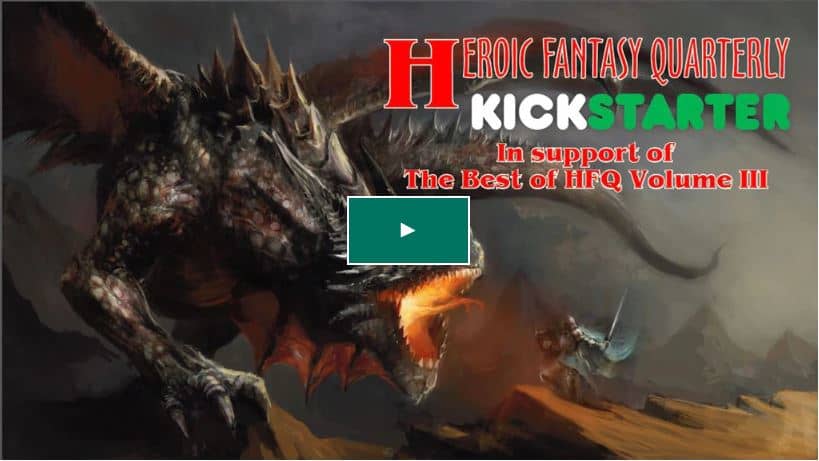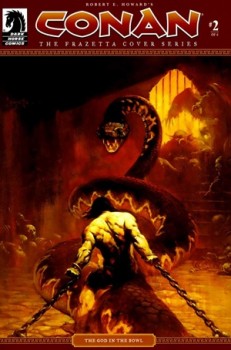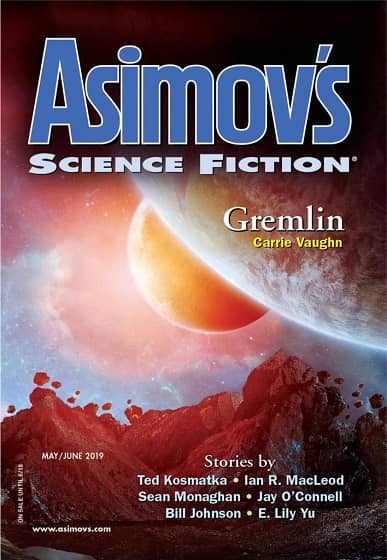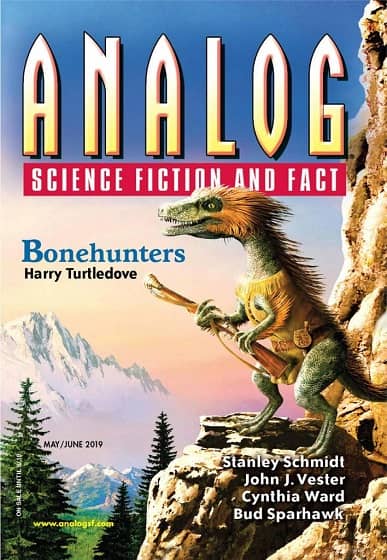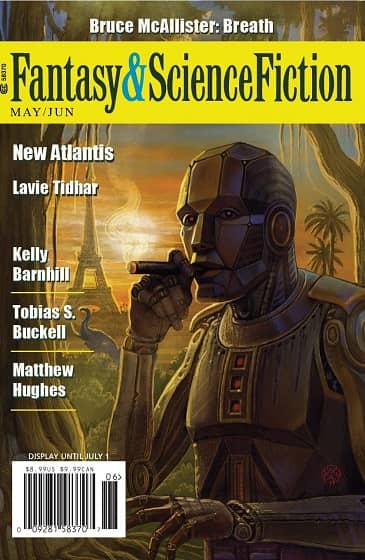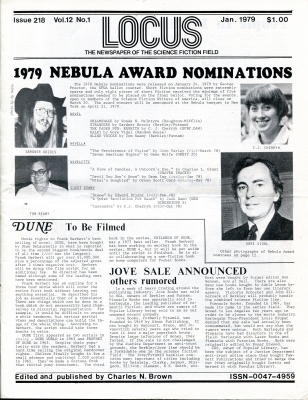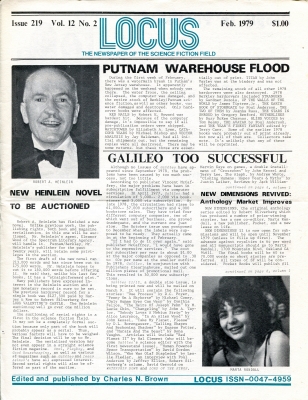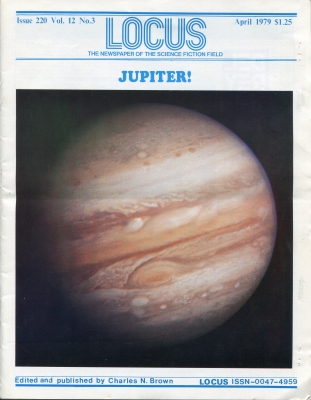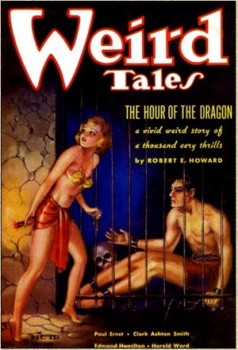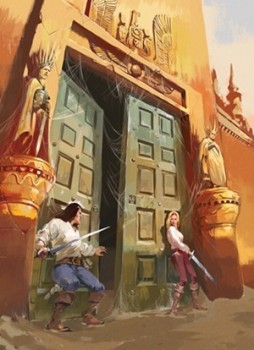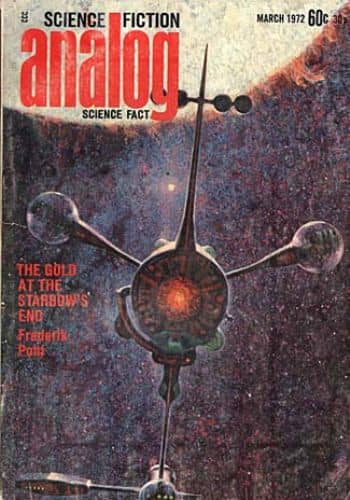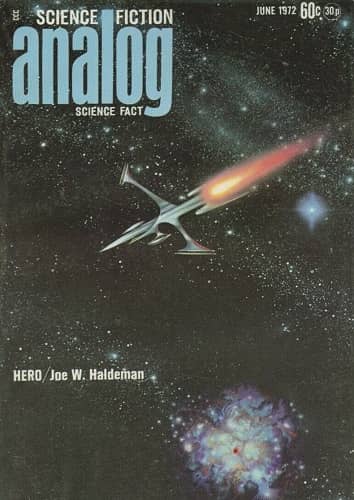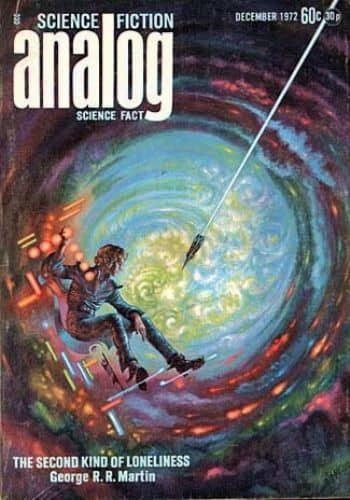Vintage Treasures: The Weird Tales Anthologies
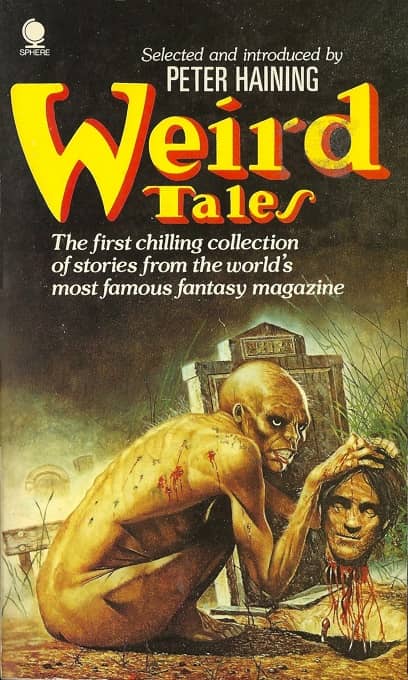 |
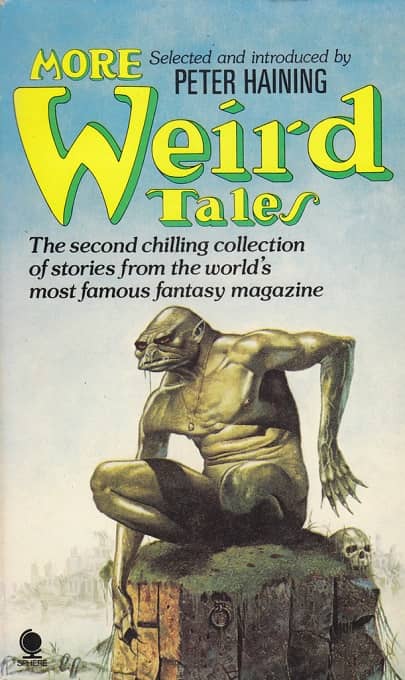 |
Weird Tales and More Weird Tales (Sphere, 1978). Covers by Les Edwards
Weird Tales is unquestionably the most storied and respected American fantasy magazine. It first appeared in March 1923, and published its last issue in Spring 2014 — a nearly 91-year run. That’s impressive by any standard.
Of course, Weird Tales isn’t measured purely by its longevity. The three greatest pulp fantasy writers — Robert E. Howard, H.P. Lovecraft, and Clark Ashton Smith — did their most important work in its pages, and it also published classic fiction by Edmond Hamilton, C.L. Moore, Henry Kuttner, Algernon Blackwood, E. Hoffmann Price, Robert Bloch, Manly Wade Wellman, Seabury Quinn, Ray Bradbury, Fritz Leiber, Eric Frank Russell, Fredric Brown, Mary Elizabeth Counselman, Theodore Sturgeon, and hundreds of others. It remains the most collectible and desirable fantasy pulp, and individual issues sell for hundreds (sometimes thousands) of dollars.
There have been numerous anthologies and collections gathering much of the best work from Weird Tales over the years. Most were produced by Arkham House, the publishing house founded in 1939 by August Derleth and Donald Wandrei to preserve the work of H.P. Lovecraft. Arkham mined Weird Tales for decades, issuing many hardcover volumes, and in the process preserved the work of many fine writers. Many of their reprints are now highly collectible on their own, which doesn’t help those of us looking for an inexpensive introduction to the glories of Weird Tales.
Fortunately for folks like you and me, there are a number of affordable and highly readable books out there that can do the job. Here’s a dozen to get you started.
